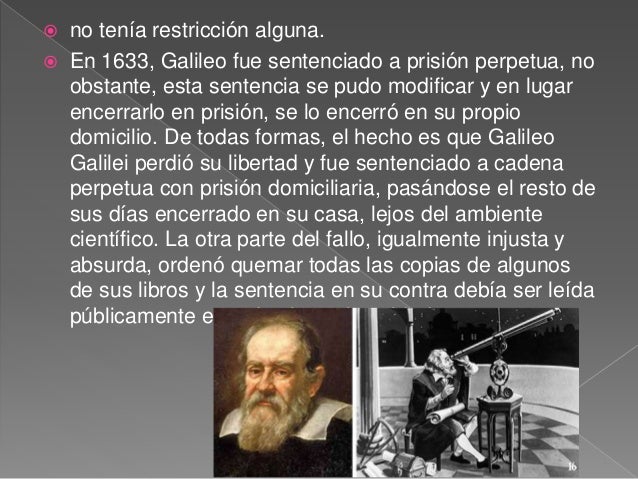 He soon noticed that the road of shadow separating the sunshine and dark sides of the moon (the terminator) was extremely irregular and moved in an irregular trend, resulting in the conclusion that the floor was tough, contrary to the unanimous belief at that time that every one heavenly our bodies have been perfectly spherical and smooth. In 1609, he used the refractory telescope to look on the surface of the Moon and explain to those round him (presumably, a lot to their confusion and general fear about Galileo’s health of mind) that it was not, in truth, smooth. Still, during his lifetime he created the proportional compass as well as a Telescope that was robust sufficient to view the moons of Jupiter. He also created the thermoscope and thermometer – the latter of which used the thermal enlargement of air to push water up in an hooked up tube.
He soon noticed that the road of shadow separating the sunshine and dark sides of the moon (the terminator) was extremely irregular and moved in an irregular trend, resulting in the conclusion that the floor was tough, contrary to the unanimous belief at that time that every one heavenly our bodies have been perfectly spherical and smooth. In 1609, he used the refractory telescope to look on the surface of the Moon and explain to those round him (presumably, a lot to their confusion and general fear about Galileo’s health of mind) that it was not, in truth, smooth. Still, during his lifetime he created the proportional compass as well as a Telescope that was robust sufficient to view the moons of Jupiter. He also created the thermoscope and thermometer – the latter of which used the thermal enlargement of air to push water up in an hooked up tube.
In certainly one of his infamous experiments, he dropped two such balls from the highest of the leaning tower of Pisa to point out that objects of different weights accelerate just as fast in the direction of the ground (air resistance however). Galileo himself posited that within the absence of meaningful resistance of a medium, a falling body would fall with a uniform acceleration. Air resistance was additionally taken under consideration on this experiment. There is kind of a debate relating to this experiment – most historians seem to agree that it was more of a thought experiment, and wasn’t truly carried out. Unfortunately, his clock wasn’t superb. Unfortunately, Galileo didn’t current a balanced examination of the Copernican and Ptolemaic views. Villa Il Gioiello – Villa il Gioiello is a villa in Florence, central Italy, well-known as one of the palaces of Galileo Galilei, he lived from 1631 until his dying in 1642. It is also identified because the one in every of Galileo Galilei’s palaces. Galileo went again to finding out movement and mechanics in his private villa. “One day in 1641, whereas I used to be residing with him at his villa in Arcetri, I keep in mind that the concept occurred to him that the pendulum could be tailored to clocks with weights or springs, serving instead of the standard tempo, he hoping that the very even and natural motions of the pendulum would correct all of the defects in the artwork of clocks,” Viviani recounts.
Galileo spent the next 10 or so years finding out math, physics, and tremendous art. People have been studying how things move – which we now know as ‘kinematics’ – since times immemorial. He attended programs there for at the very least a 12 months, and during this time he would have a chance encounter that may influence all of humanity – Galileo saw a swinging chandelier. He saw that regardless of how much it will tilt one way or one other, the chandelier would always take the identical time to swing back round. Galileo’s experiments with bronze balls and inclined planes experiments revealed that each one objects boasted the same falling acceleration independent of their mass, overturning the accepted (and incorrect) consensus set since Aristotle and the historic Greeks.
 The truth is Galileo’s experiments in this space used a extra dependable however less flashy bunch of inclined planes that he rolled balls down on. Galileo spent the remainder of his days in his dwelling, refining his theories and thoughts and writing them down for posterity. He discovered to play the lute and the principles of music idea from his father, and in his young days toyed with the concept of turning into a priest. Since the times of Aristotle, scholars in Europe believed that heavier objects fall quicker than lighter ones. The ball would speed up in the direction of the ground, exit the gadget on a horizontal path, then fall to the flooring, leaving a small indent and a patch of ink. The illustrations of them he published are our first concrete proof of the usage of such a gadget.
The truth is Galileo’s experiments in this space used a extra dependable however less flashy bunch of inclined planes that he rolled balls down on. Galileo spent the remainder of his days in his dwelling, refining his theories and thoughts and writing them down for posterity. He discovered to play the lute and the principles of music idea from his father, and in his young days toyed with the concept of turning into a priest. Since the times of Aristotle, scholars in Europe believed that heavier objects fall quicker than lighter ones. The ball would speed up in the direction of the ground, exit the gadget on a horizontal path, then fall to the flooring, leaving a small indent and a patch of ink. The illustrations of them he published are our first concrete proof of the usage of such a gadget.